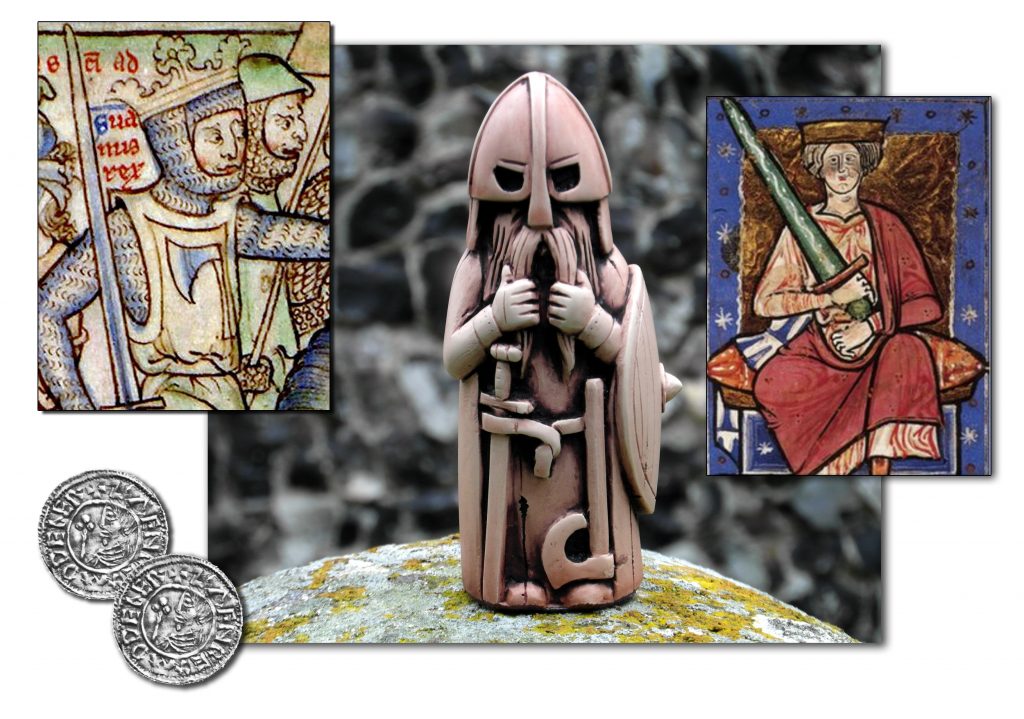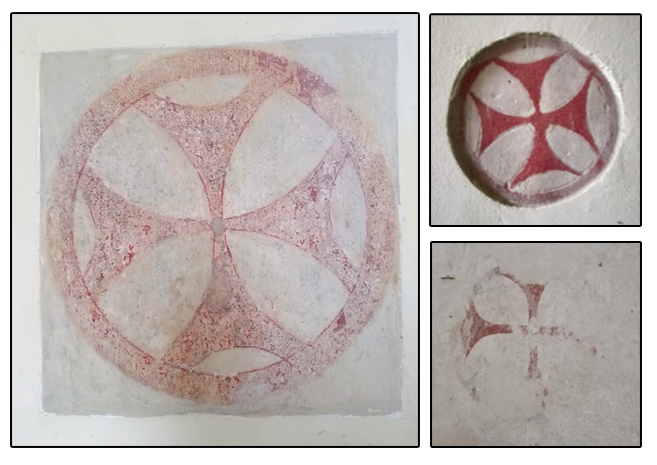
One of my favourite evening strolls takes me through the western side of Rendlesham Forest and over a large amount of open Heath land. I stroll past at least 3 recorded round burial mounds or barrows and there is also one long barrow (or possible rabbit warren).
Over the years and miles of “strolling” I must have spent a huge percentage of the time pondering on the barrows, what they say and what they keep quiet about. We can safely say at a point of time somewhere back in the late Neolithic, people were gathered at a place. I know this because of a piece of worked flint I found on the surface a few feet away from a barrow I visited near Bungay which is a town nearby. Also we know at some point of time man hours (should it be people hours) was spent in laying to rest a person and then piling on several tons of soil on top to create the barrow. Were they important? Feared, or just very wealthy? I think it’s safe to say they were mourned and needed to be remembered by a loved one or ones. Maybe it was a village leader and the mound erectors were from his village or tribe and they erected the barrow out of love and loss. On the other hand maybe the deceased was part of a brutal ruler’s family and the mound was erected by slaves!
Obviously we will never know.
 Worked Flint. Found on the surface near the burial mound pictured above.
Worked Flint. Found on the surface near the burial mound pictured above.
I often wonder about their names and what they looked like. The wife, who is a textile weaver, thinks about their clothes. What colours they were and what materials they were woven from.
Some excavated graves from the same time period have found traces of flowers which does tend to indicate the dead were treated with respect, were loved and their death triggered some form of funeral ritual. The Beaker people were named after the beakers that were buried with them, were they full of food for them to have in the afterlife?
That seems to imply they believed in some form of heaven.
So what do we know about the barrow folk? Well we do not know their names, what they wore or what they did, but we do know they were loved or respected in life. So much so at a point of time a group of people gathered together and physically laboured to build a monument that has lasted thousands and thousands of years and hopefully will last thousands more!










